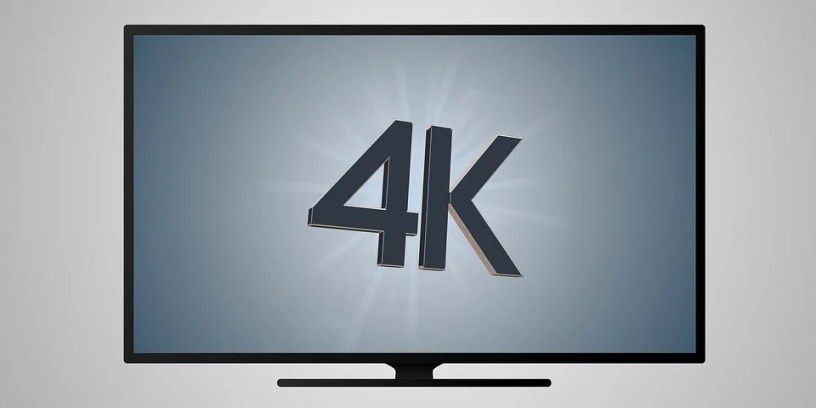By The TV Answer Man team
We are often asked why more TV networks don’t offer programming in 4K. Fox does. ESPN and NBC do and so do a few others but the number is relatively small. We’ve compiled five reasons why we think networks are reluctant to embrace the new display technology:
1. Infrastructure and Equipment Costs
One of the primary obstacles that TV networks face when considering a shift to 4K broadcasting is the significant upfront investment required to upgrade their infrastructure and equipment. Transitioning from standard High-Definition (HD) to 4K necessitates an overhaul of production studios, cameras, transmission equipment, and even consumer devices. This financial burden can deter networks from making the switch, especially when the return on investment is uncertain due to various factors, such as limited 4K-compatible television sets in households.
2. Bandwidth Limitations
Delivering high-quality 4K content requires substantially more bandwidth compared to HD broadcasts. This poses a challenge for both broadcasters and consumers, as streaming or transmitting 4K content demands a robust and reliable network connection. In regions where Internet infrastructure is still developing or where high-speed connections are not widely accessible, offering 4K broadcasts can result in poor user experiences and viewer frustration. Consequently, TV networks and local TV stations may opt to stick with HD broadcasting to cater to a broader audience with varying levels of connectivity.
3. Content Production Challenges
Creating content in 4K resolution involves more than just using a higher-resolution camera. Producers, directors, and content creators need to adjust their workflows, lighting setups, and post-production processes to fully harness the benefits of 4K resolution. This transition requires both time and expertise, which can be a daunting prospect for networks with established production routines. Additionally, specialized equipment and personnel training are necessary to capture the nuances of 4K content effectively.
4. Consumer Adoption Rates
While 4K television sets are becoming increasingly affordable and prevalent, the adoption rate of these devices varies across regions and demographics. Many households still own HD or even older standard-definition TVs, which means that the potential audience for 4K broadcasts is limited. Networks must weigh the benefits of catering to a smaller 4K-capable audience against the costs and efforts required to produce and transmit 4K content.
5. Limited 4K Content Availability
Even if TV networks decide to venture into 4K broadcasting, the availability of suitable content can be a roadblock. Many existing TV shows, movies, and programs are not originally produced in 4K resolution, making it necessary for networks to upscale content, which can lead to mixed results in terms of image quality. Networks might be hesitant to promote 4K offerings if the available content does not consistently meet the high standards viewers expect.
While the allure of 4K resolution is undeniable, numerous challenges have kept many TV networks from fully embracing 4K broadcasting. The costs associated with infrastructure upgrades, bandwidth limitations, content production adjustments, and variable consumer adoption rates all play a role in this hesitance.
Have a question about new TV technologies? Send it to The TV Answer Man at swann@tvanswerman.com Please include your first name and hometown in your message.
— Phillip Swann
@tvanswerman


